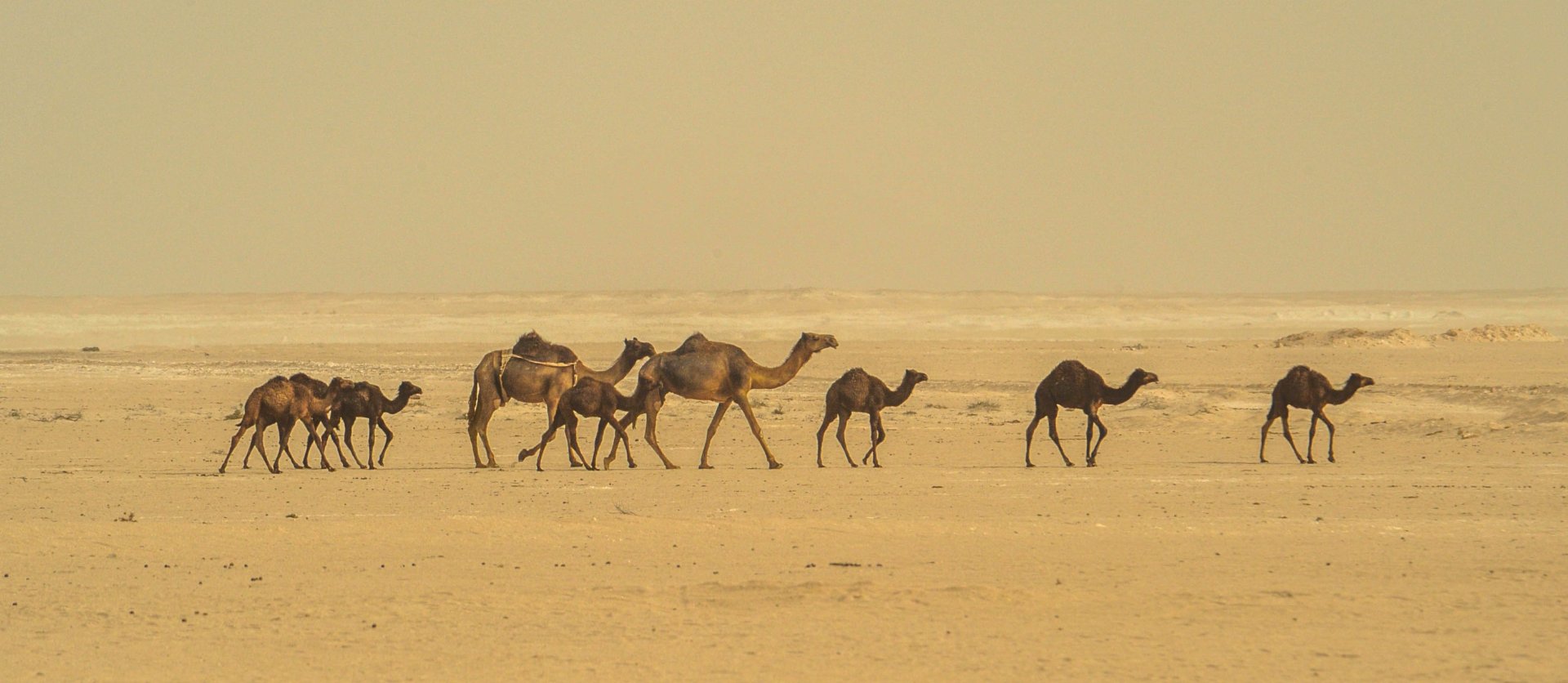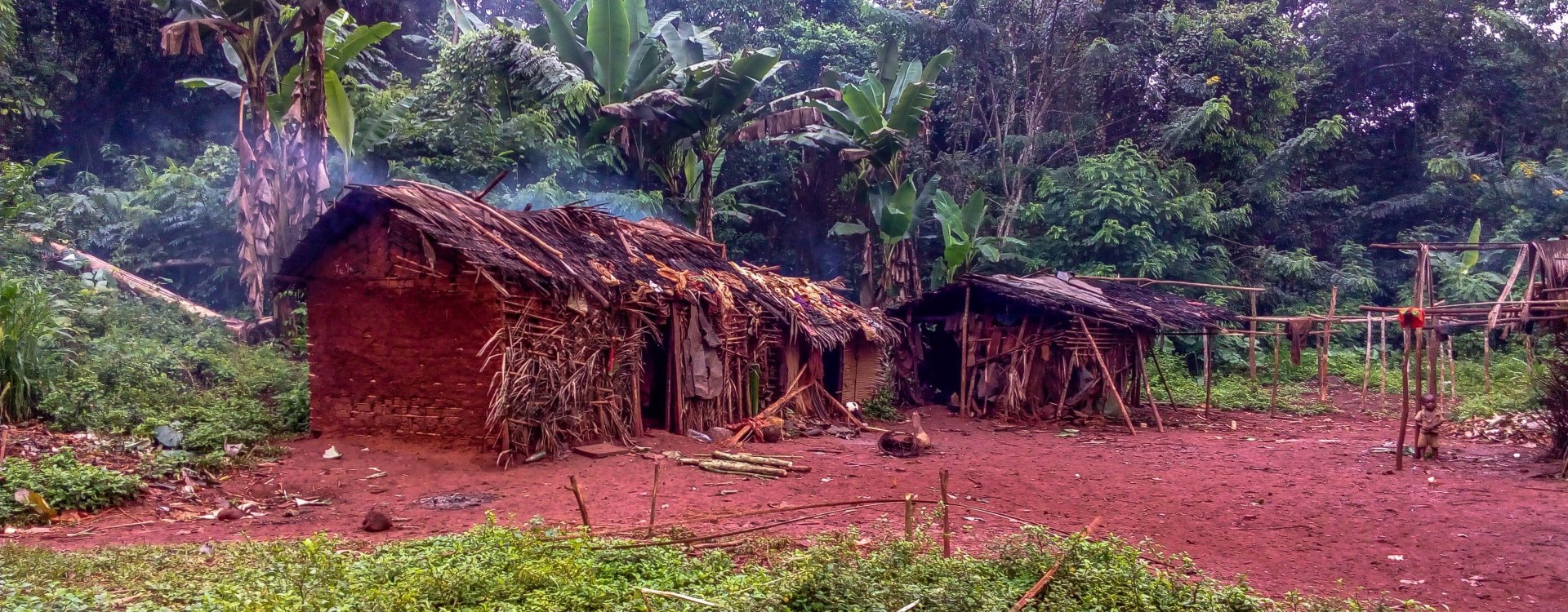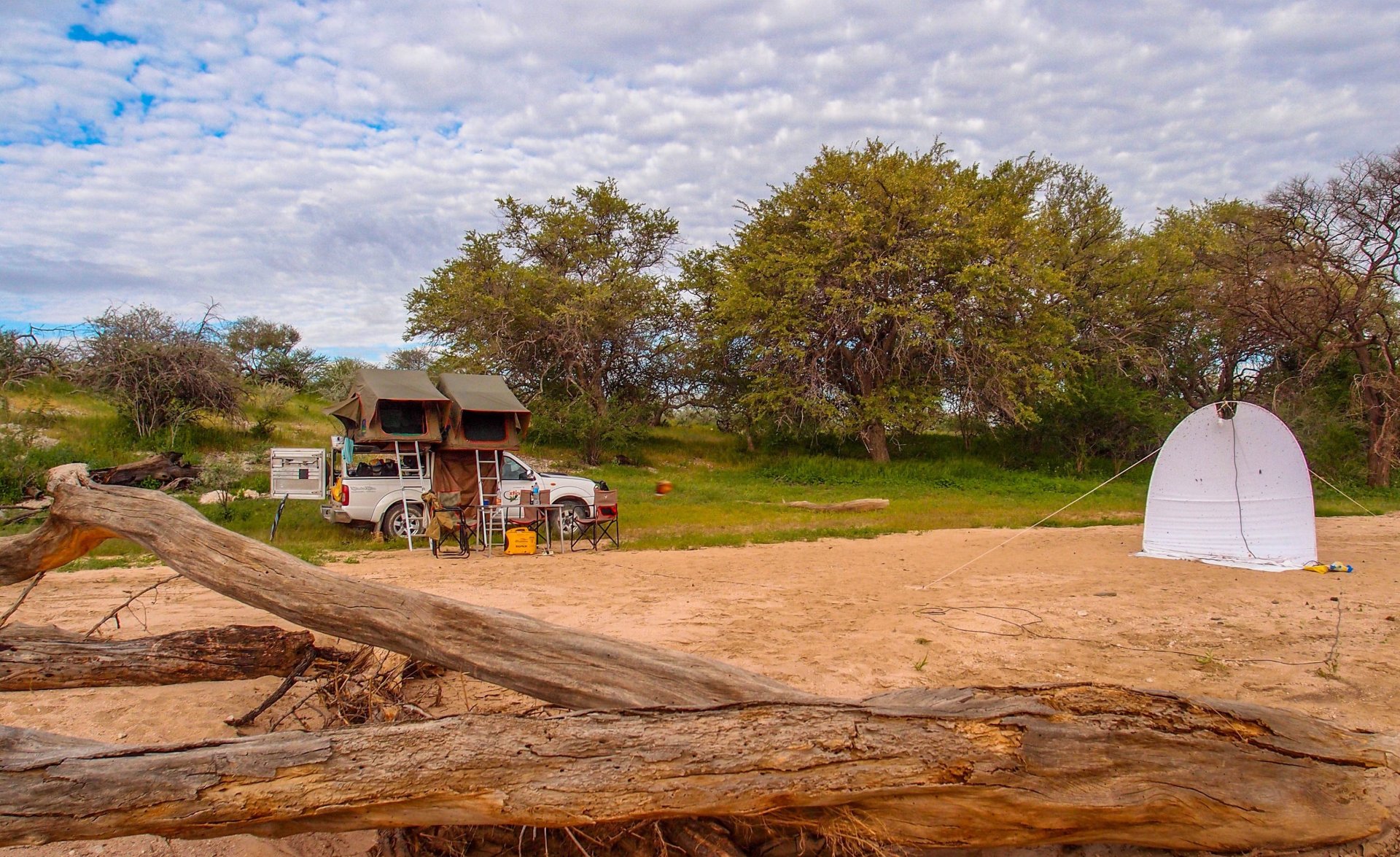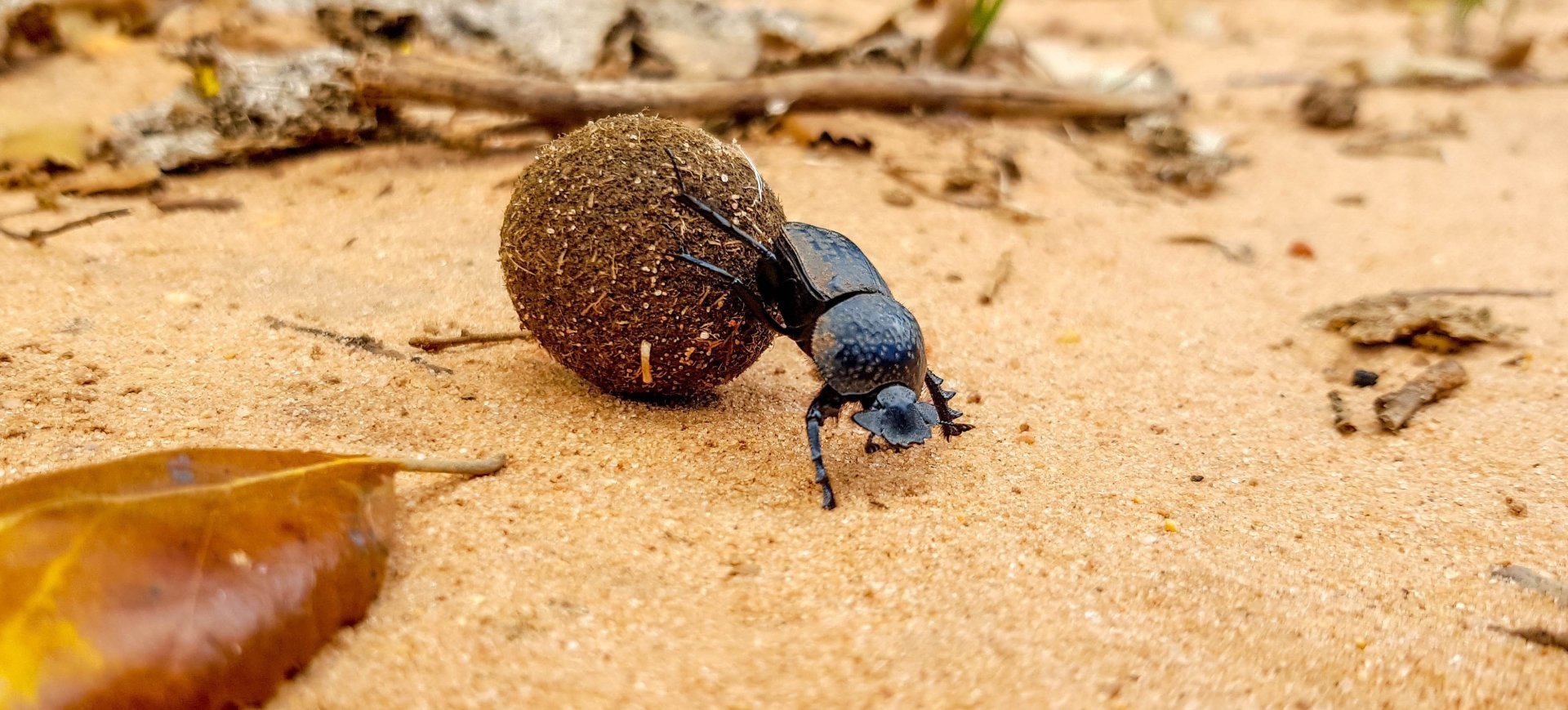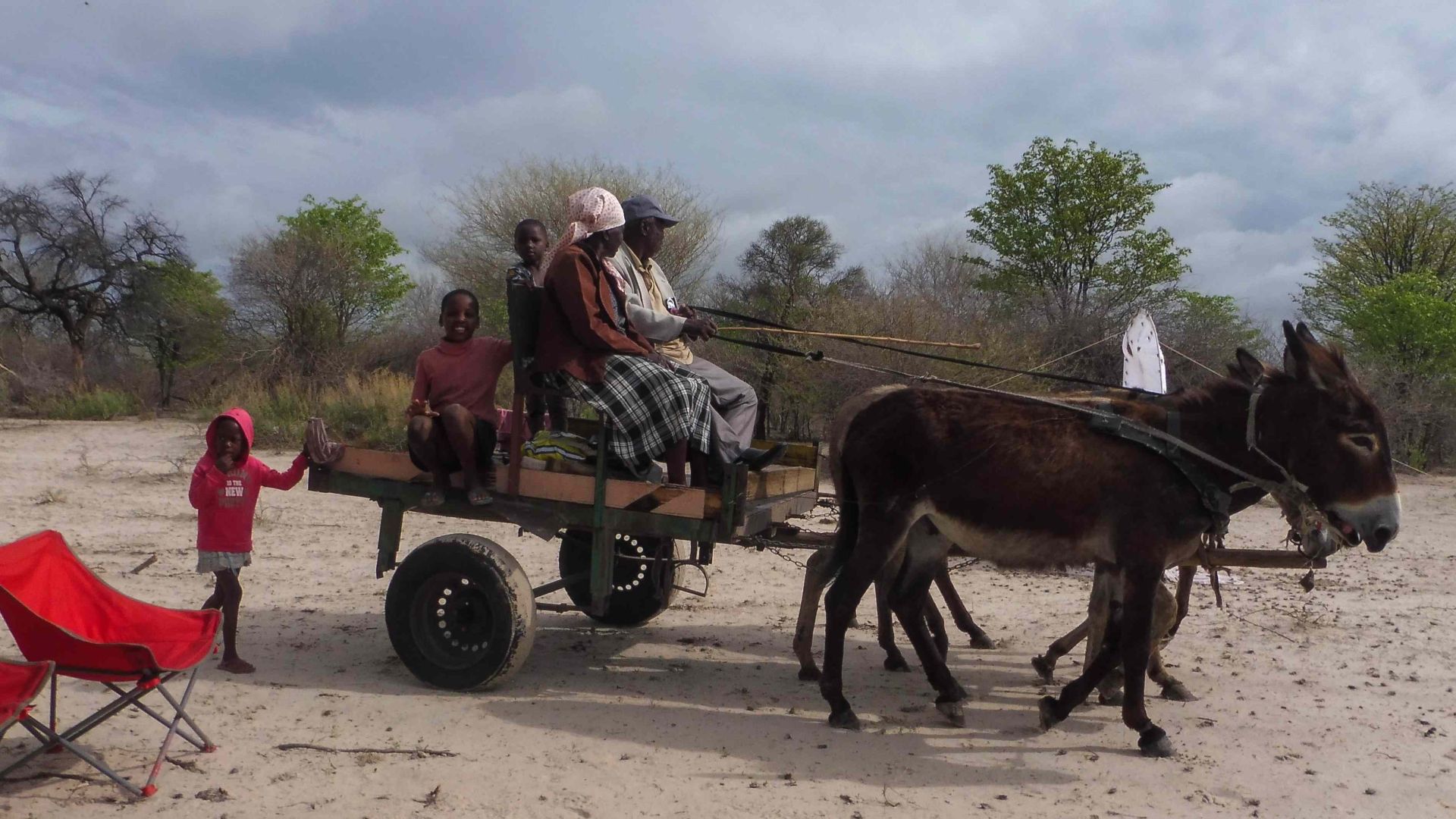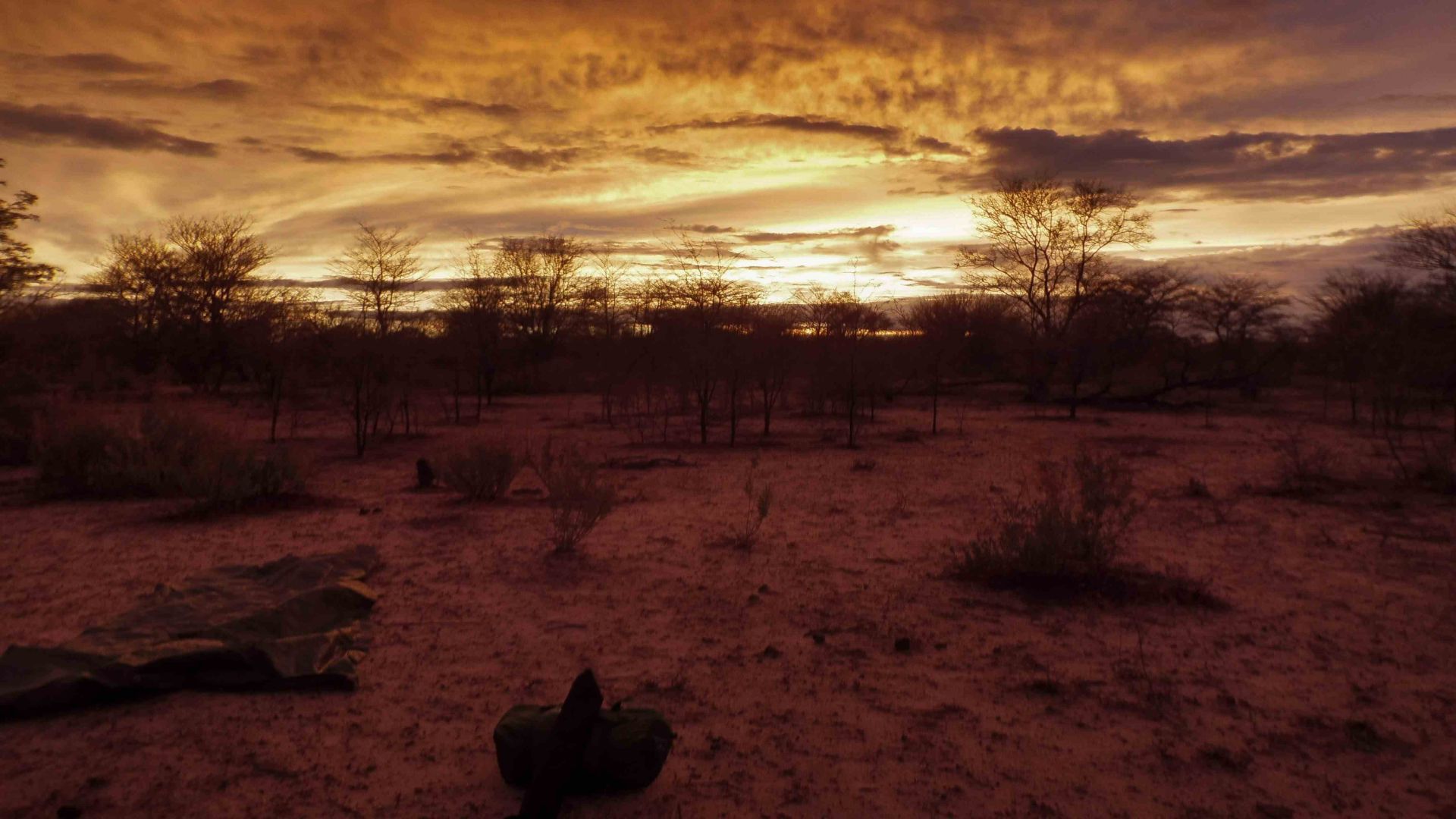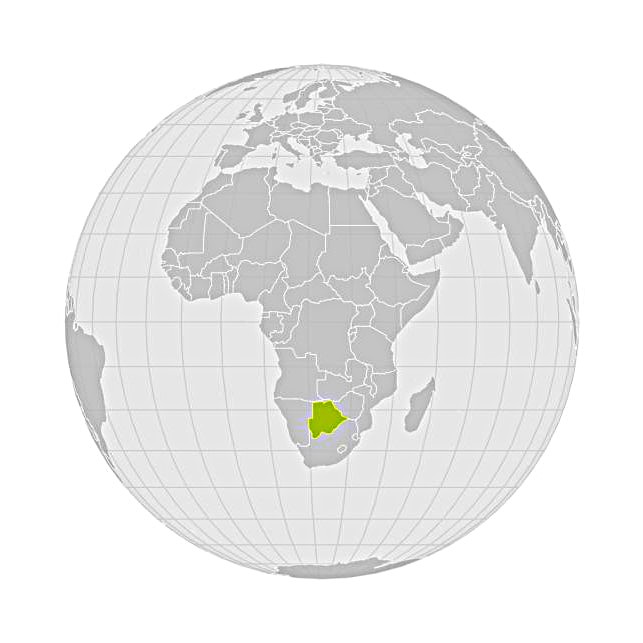
Botswana is a landlocked country in Southern Africa, known for its vast wilderness areas, diverse ecosystems, and rich wildlife.
Location and Geography
- Location: Botswana is situated in the center of Southern Africa. It borders Namibia to the west and north, Zambia to the northeast (at a small point), Zimbabwe to the northeast, and South Africa to the south and southeast.
Area: 581,730 km², making it one of the largest countries in Africa.
Topography: Botswana’s landscape is predominantly flat or gently undulating. The country’s defining geographical features include:- Kalahari Desert: Covers much of the western and central parts of Botswana.
Okavango Delta: One of the world’s largest inland deltas, located in the northwest.
Makgadikgadi Salt Pans: Among the largest salt flats in the world, located in the northeastern part of the country.
- Kalahari Desert: Covers much of the western and central parts of Botswana.
Climate Zone
Botswana lies in the semi-arid subtropical climate zone, characterized by hot temperatures and low, unpredictable rainfall. The Kalahari Desert significantly influences its dry and hot climate, but the presence of rivers and the Okavango Delta creates more fertile areas.
Capital City and Its Location
- Capital: Gaborone
Location: Gaborone is located in the southeastern part of the country, near the border with South Africa.
Elevation: 1,014 meters above sea level
List of Provinces and Their Predominant Biomes
Botswana is divided into 10 administrative districts, each featuring different biomes:
- Central District: Mainly savannas and dry grasslands, including the Makgadikgadi Pans and parts of the Kalahari Desert.
Chobe District: Characterized by savannas and woodlands, home to Chobe National Park and the Chobe River.
Ghanzi District: Part of the Kalahari Desert, featuring arid savannas and semi-deserts.
Kgalagadi District: Dominated by desert and semi-desert landscapes, part of the Kalahari.
Kgatleng District: Predominantly grasslands and savannas.
Kweneng District: Savannas and bushlands.
North-East District: Savannas and dry woodlands, bordering Zimbabwe.
North-West District: Home to the Okavango Delta, with wetlands and floodplains.
South-East District: Savannas and scrubland, includes Gaborone.
Southern District: Grasslands and savannas.
Climate, Rainy Season, Main Vegetation Period
- Climate: Botswana has a semi-arid climate, with hot summers and mild winters. The climate varies across regions, with some areas, such as the Okavango Delta, experiencing higher humidity than others, such as the Kalahari Desert.
- Rainy Season: The rainy season occurs from November to March, with the northern regions receiving more rainfall than the southern parts.
- Main Vegetation Period: Vegetation flourishes during and shortly after the rainy season, with the peak growth period between January and March. The Okavango Delta experiences seasonal flooding, creating lush vegetation.
Landscapes, Biomes, and Forest Types
Botswana features a variety of landscapes and biomes:
- Kalahari Desert: A semi-arid sandy region covering much of western Botswana, with savanna grasslands and drought-resistant shrubs.
Okavango Delta: A lush wetland area that supports forests, floodplains, and aquatic ecosystems.
Savannas: Cover most of the country, consisting of grassy plains and thorny acacia trees.
Woodlands: Found in the north, especially in the Chobe region, with denser tree cover, including mopane and miombo woodlands.
List of Mountain Ranges
Botswana is relatively flat, with few significant mountain ranges, but notable elevated areas include:
- Tsodilo Hills: A UNESCO World Heritage Site in northwestern Botswana, known for ancient rock paintings and spiritual significance. The hills are not high but are a prominent geological feature in the otherwise flat terrain.
Tswapong Hills: A range of low-lying hills in the eastern part of the country, near Palapye, featuring rock pools and waterfalls.
List of Major Landscapes
- Kalahari Desert: Dominating the western and central parts of Botswana, this arid landscape is home to desert-adapted flora and fauna.
Okavango Delta: A vast inland delta, known for its seasonal flooding and rich biodiversity.
Makgadikgadi Salt Pans: Large, flat salt pans that become seasonally flooded, attracting migratory birds and wildlife.
Savannas: Stretching across much of the country, these grasslands are dotted with acacia trees and thorny bushes.
Chobe River Floodplains: Located in the north, these lush areas along the Chobe River attract a wide variety of wildlife.
List of National Parks
- Chobe National Park: Located in the north, famous for its large elephant herds and diverse wildlife, including lions, buffalo, and antelope.
- Moremi Game Reserve: Part of the Okavango Delta, known for its rich biodiversity and unique floodplain ecosystems.
- Makgadikgadi Pans National Park: Includes the vast salt pans, which are transformed into wetlands during the rainy season, attracting flamingos and other migratory birds.
- Nxai Pan National Park: Adjacent to the Makgadikgadi Pans, it features grass-covered fossil pans and seasonal wildlife migrations.
- Central Kalahari Game Reserve: One of the largest game reserves in the world, home to desert-adapted species like oryx and springbok.
- Kgalagadi Transfrontier Park: A vast conservation area shared with South Africa, known for its arid landscapes and wildlife, including black-maned lions.
Typical Flora and Fauna of Botswana
Flora
- Baobab Trees: Iconic trees with large trunks, found in dry areas.
Mopane Trees: Dominant in the northern parts, especially in the Chobe region.
Acacia Trees: Common across the savannas, providing shade and habitat for many species.
Papyrus Reeds: Found in the Okavango Delta, thriving in the wetland environments.
Wild grasses: Cover large portions of the savannas and provide food for herbivores.
Fauna
- African Elephant: Botswana is home to the largest population of elephants in Africa, especially in the Chobe and Okavango regions.
Lions: Found in national parks like Chobe, Central Kalahari, and Kgalagadi.
Cheetah: Frequently seen in the Kalahari and open savannas.
Leopard: Found in wooded areas, especially in the Moremi and Chobe regions.
Hippos and Crocodiles: Inhabit the rivers and wetlands of the Okavango Delta.
Giraffe: Common in savannas and woodlands throughout the country.
Zebra: Botswana’s national animal, frequently seen in the Makgadikgadi and Nxai pans.
Oryx (Gemsbok): A desert-adapted species thriving in the Kalahari.
African Wild Dog: An endangered species with strongholds in the Okavango Delta and Moremi Game Reserve.
Botswana’s diverse ecosystems make it a wildlife and nature lover’s paradise, offering a mix of deserts, wetlands, savannas, and salt flats with a wide array of flora and fauna.
Our expedition in Botswana


